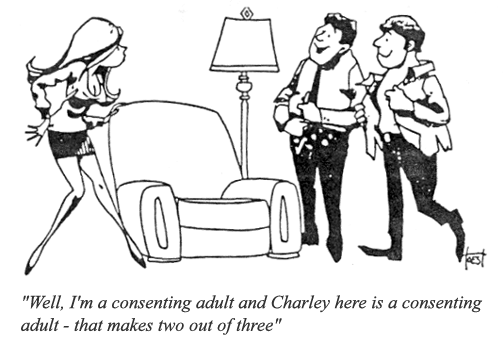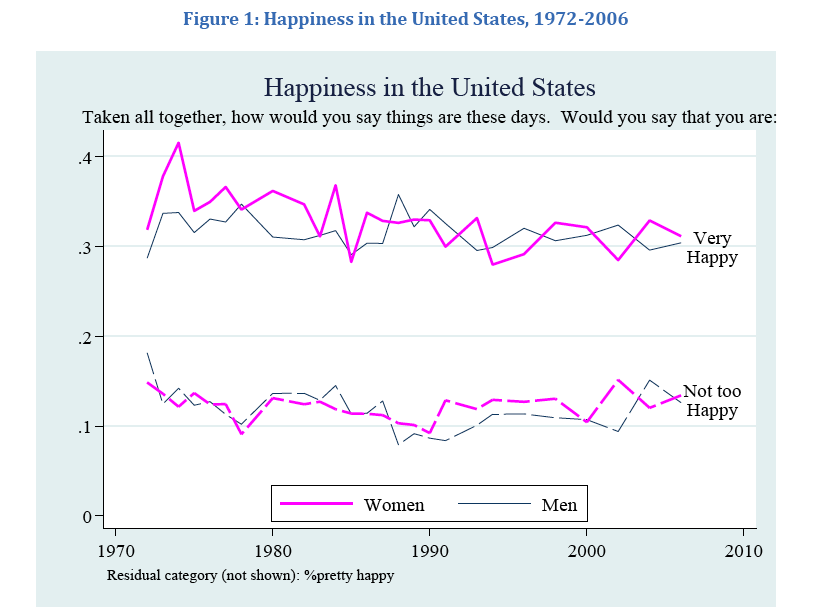“Violence against women both violates and impairs or nullifies the enjoyment by women of their human rights and fundamental freedoms… In all societies, to a greater or lesser degree, women and girls are subjected to physical, sexual and psychological abuse that cuts across lines of income, class and culture.”
:Beijing Declaration and Platform for Action, paragraph 112
This Conference is designed to break open the traditional approaches to gender violence and to consider how violence in various forms is experienced across society and its institutions. We begin with the premise that we need a better and more complex understanding of the relationship between individual and collective acts of violence and the organization of societies. We are concerned with how the state acts in conjunction with religious, cultural, social, and economic institutions to both alleviate and perpetuate the vulnerability of individuals to violence. What is the relationship between institutional arrangements and instances of violence? We are particularly interested in comparing the different approaches of these institutions and exploring the diverse perspectives on violence reflected in disciplines such as law, medicine, public health, anthropology, political science, ethics, and religion.
In addition, we are interested in considering what are the best ways to approach the wide-spread societal problem of violence in its various forms. Are there benefits to asking how and why violence happens from a societal, rather than an individual, criminal justice, perspective? How would a society designed to eliminate domestic violence look? How can we distinguish the”domestic”from the public manifestations of violence and what are the consequences of doing so? What are the various forms of”public”violence and how do they interact with violence in it”private”forms? What are the responsibilities of society and its institutions, including religious, cultural, and educational institutions, to prevent violence? Are there ways in which these same institutions are implicated in fostering violence?
Violence against women is understood as a global phenomenon. According to the United Nations Population Fund:”Gender-based violence both reflects and reinforces inequities between men and women and compromises the health, dignity, security and autonomy of its victims. It encompasses a wide range of a wide range of human rights violations, including sexual abuse of children, rape, domestic violence, sexual assault and harassment, trafficking of women and girls and several harmful traditional practices.”
As this quote suggests, the use of”gender”to modify violence tends to channel discussion into an individualistic, legalistic mode, emphasizing victimization and the abuse of women by men. Thus, most of the work on gender violence has focused on the law, improving the security sector, and finding forms of punishment that will deter violence. While this pattern of male on female violence is prevalent, it does not exhaust the full range of our collective and universal vulnerability to violence. In particular, this focus excludes the significant violence that can be perpetrated by the state and its institutions on both men and women. It also fails to realize that criminal and human rights laws built around the principle of punishment can provide only a partial, often ineffective, response to violence in its many and varied manifestations.
The phenomena of gender-based violence transcends dichotomous categories often used to characterize states (such as”developed”or”developing,”or”strong”and”unstable”) and it also transcends recognized cultural divisions (such as religious or cultural and ethnic traditions). While violence against women may be”universal”in this regard, we can learn a great deal from exploring how violence is perpetrated, justified and addressed across different societies and within distinct legal and political cultures. How does gendered violence manifest itself differently in different cultural contexts? What can we learn from looking at gender-based violence (broadly conceived) in cultures that are very different in terms of religious traditions, economic status and legal frameworks for gender equality? How do different states and civil society respond to gender violence and what are the effective methods that can transfer well to other societies?
This conference will bring together scholars, activists and practitioners to consider these and other questions. It will begin with a luncheon on Thursday November 12th and conclude the afternoon of November 14th.
Send presentation proposals to Martha Albertson Fineman (mlfinem@emory.edu) and Sita Ranchod-Nilsson (srancho@emory.edu) by July 31, 2009.
Working drafts (however rough) will be due October 15, 2009 – in time for them to be copied and distributed prior to the Conference. The ability to read the working drafts prior to discussion greatly increases the value of the discussions.
This conference is co-sponsored by the Emory University’s Vulnerability Project (Race and Difference Initiative) and Institute for Developing Nations. It has been made possible through the generous support and encouragement of the International Relief & Development organization.




 What if we invested $30 billion of taxpayers’ money in education instead? Quality health care? Affordable housing? Public transportation?
What if we invested $30 billion of taxpayers’ money in education instead? Quality health care? Affordable housing? Public transportation?













 The Today contraceptive sponge is back on some drugstore shelves this weekend. The brand went off the shelves (for the second time) in 2007, when its corporate owner went bankrupt.
The Today contraceptive sponge is back on some drugstore shelves this weekend. The brand went off the shelves (for the second time) in 2007, when its corporate owner went bankrupt. 



